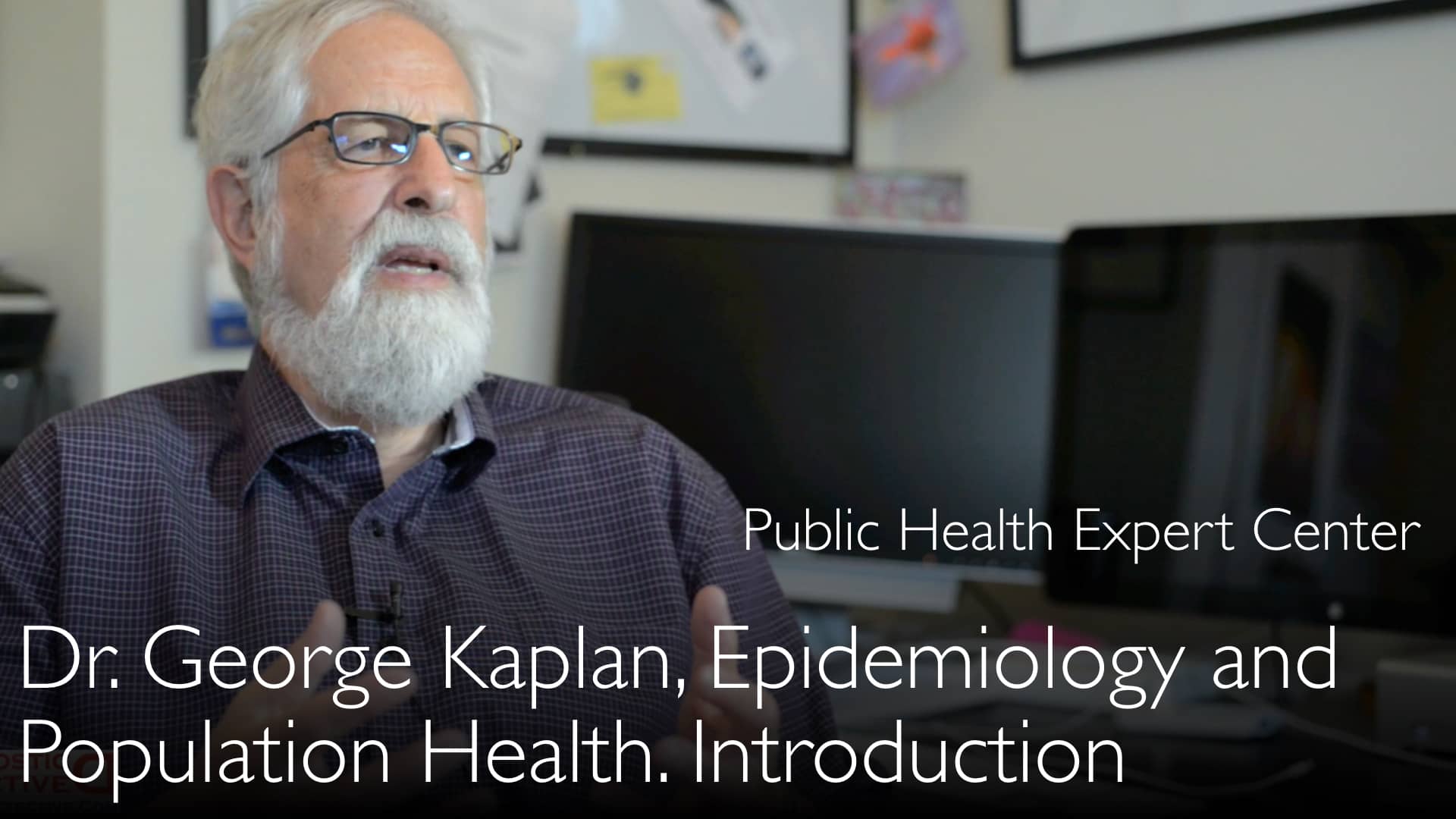Dr. George Kaplan, MD, PhD, en ledande expert inom epidemiologi och folkhälsa, presenterar de mest effektiva strategierna för att minska tobaksanvändningen. Hans detaljerade och mångfacetterade strategi omfattar lagstiftning, beskattning, kulturell förändring och riktade insatser för tunga rökare. Samtidigt belyser han de betydande osäkerheterna kring e-cigaretter som en potentiell ersättning.
Effektiva folkhälsostrategier för att sluta röka
Hoppa till avsnitt
- Lagstiftning och policy för att minska rökning
- Skatter och prissättnings inverkan på tobakskonsumtion
- Skapa en kulturell förändring mot rökning
- Specialinterventioner för tunga rökare och nikotinersättning
- E-cigaretternas dilemma: hälsorisker och marknadsföring
- Det globala hotet från tobaksindustrin
Lagstiftning och policy för att minska rökning
Lagstiftning inom folkhälsan är en grundpelare för effektiv tobakskontroll. Dr. George Kaplan, MD, PhD, framhåller att USA framgångsrikt har förändrat nationella rökvanor genom lagar som begränsar tobaksreklam och inför rökfria zoner. Dessa miljörestriktioner har bidragit till att avnormalisera rökning och skydda icke-rökare från passiv rökning.
Sådana policys sträcker sig också till privata miljöer. Dr. Kaplan pekar på norra Kalifornien, där vissa bostadsområden numera helt förbjuder rökning inomhus. Anledningen är att tobaksrök kan sippra in i angränsande lägenheter, vilket skapar betydande folkhälsoproblem för samtliga boende.
Skatter och prissättnings inverkan på tobakskonsumtion
Höga skatter är ett mycket effektivt verktyg för att minska tobaksanvändningen. Dr. George Kaplan, MD, PhD, betonar att höjda cigarettpriser via beskattning direkt sänker konsumtionen, särskilt bland unga och priskänsliga grupper. Detta ekonomiska avskräckningsmedel är en nyckelstrategi som stöds av omfattande epidemiologiska bevis.
En annan viktig åtgärd är att förbjuda försäljning av lösa cigaretter. Detta hindrar köp av billiga enheter, vilket annars kan göra rökning mer tillgängligt och underminera avvänjningsinsatser genom att främja tillfällig, prisvärd konsumtion.
Skapa en kulturell förändring mot rökning
Att förändra rökningens image är avgörande för att förhindra att nya användare börjar. Dr. George Kaplan, MD, förklarar att en kulturell förändring via reklam och media är mycket effektivt för att påverka inledningsfrekvensen. När rökning inte längre framställs som glamoröst eller socialt acceptabelt minskar sannolikheten att unga tar upp vanan.
Initiativ som Australiens obligatoriska neutrala cigarettpaket tar bort varumärkesappellen. Denna åtgärd, kombinerad med folkhälsokampanjer, bidrar till att avglamorisera rökning och framställa den som den farliga beroendesjukdom den är, och därmed skydda framtida generationer.
Specialinterventioner för tunga rökare och nikotinersättning
Trots breda strategier behöver tunga rökare ofta personligt anpassat, kliniskt stöd för att sluta. Dr. George Kaplan, MD, PhD, noterar att dessa patienter kräver särskilda insatser som ofta innefattar nikotinersättningsterapi (NET). NET kan omfatta plåster, tuggummi, pastiller eller inhalatorer för att hantera abstinensbesvär.
Dessa farmakologiska hjälpmedel är en avgörande del i en helhetlig behandlingsplan. De fungerar genom att leverera kontrollerade doser nikotin utan de skadliga tjäror och toxiner som finns i cigarettrök, vilket hjälper till att bryta det beteendemässiga beroendet samtidigt som det fysiska hanteras.
E-cigaretternas dilemma: hälsorisker och marknadsföring
E-cigaretters roll i rökavvänjning är fortfarande en betydande och olöst folkhälsofråga. Dr. George Kaplan, MD, konstaterar rakt att vi ännu inte vet tillräckligt om deras långsiktiga hälsoeffekter. Han varnar för att nikotin i sig inte är en neutral eller ofarlig substans, även när det inte inhaleras via tobaksförbränning.
Nikotin har dokumenterade hjärt–kärl- och metaboliska effekter, vilket medför egna hälsorisker. Dessutom varnar Dr. Kaplan för att e-cigaretter marknadsförs aggressivt av tobaksbolag som en stor varumärkesmöjlighet. Detta väcker den oroande möjligheten att de helt enkelt ersätter ett gift med ett annat, snarare än att fungera som ett äkta avvänjningsverktyg.
Det globala hotet från tobaksindustrin
Kampen mot tobak är en global strid mot starka kommersiella intressen. Dr. George Kaplan, MD, PhD, påpekar att det inte bara är amerikanska bolag utan multinationella företag som British American Tobacco som har ett omfattande ekonomiskt intresse av att upprätthålla cigarettförsäljningen. Dessa företag har byggt fabriker i länder som Kina och Ryssland, vilket skapar en utbredd utmaning.
Denna globala närvaro innebär att effektiva strategier måste implementeras internationellt. Företagens inflytande och lobbyverksamhet gör det mycket osannolikt att cigaretter elimineras, vilket understryker behovet av ihärdiga och mångfacetterade folkhälsoinsatser världen över för att minska tobaksanvändning och dess förödande hälsoeffekter.
Fullständig transkript
Dr. Anton Titov, MD: USA har dramatiskt förändrat övergripande rökvanor genom lagstiftning som begränsar reklam och områden där man får röka, samt genom hög beskattning av tobaksprodukter.
Vi kommer att beröra några av dessa ämnen snart. Australien kräver nu neutrala förpackningar på tobaksprodukter, och Frankrike kräver att konsumenter ska befinna sig i samma rum.
Vad anser du är det mest effektiva sättet att minska tobaksanvändning? Vad kan göras ur ett socialt och epidemiologiskt perspektiv?
Dr. George Kaplan, MD: Det mest effektiva sättet att minska tobaksrökning är att eliminera cigaretter. Jag kunde sluta där, men det gör jag inte.
Vi vet att det inte kommer att hända. Det är mycket osannolikt. Det handlar om för mycket pengar. Det är inte bara amerikanska bolag.
British American Tobacco och en rad andra har byggt cigarettfabriker i Kina, och även i Ryssland i viss utsträckning. Detta är ett globalt fenomen.
Vi måste använda många strategier, och dessa strategier stöds av epidemiologiska bevis samt sociologiska och statsvetenskapliga studier.
Strategierna innefattar miljörestriktioner på var man får röka. Även lägenhetshus i norra Kalifornien, där jag bor, tillåter inte rökning i lägenheter eftersom tobaksrök tränger in hos grannar.
Självklart gör prissättning och beskattning det dyrare. Förbjud försäljning av lösa cigaretter.
Det handlar också om att förändra rökningens image genom kultur och reklam. Att förändra rökkulturen påverkar inledningsfrekvensen avsevärt.
Dr. Anton Titov, MD: Du har fortfarande patienter som är tunga rökare. De behöver särskilda interventioner som troligen innefattar nikotinersättning och en rad andra åtgärder.
Sedan finns den stora frågan om e-cigaretter just nu.
Dr. George Kaplan, MD: Vi vet inte tillräckligt än. Men vi vet att nikotin inte är en neutral, icke-toxisk substans, även om man inte inhalerar ämnen in i lungorna.
Ibland får man i sig nikotinet via andra mekanismer. Det har hjärt–kärleffekter, metaboliska effekter och många andra effekter.
Det är inte ett ofarligt ämne på något sätt. Vi vet inte tillräckligt än för att bedöma hur allvarligt problemet med e-cigaretter kommer att bli ur ett hälso perspektiv.
Men självklart marknadsförs de kraftigt. Det ses som en stor varumärkesmöjlighet för många tobaksbolag.
Vi måste följa detta noga eftersom det med stor sannolikhet bara kan ersätta ett gift med ett annat.








